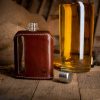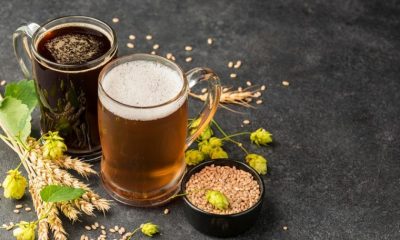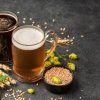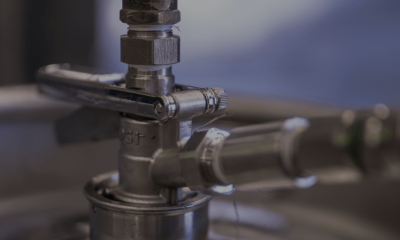Food & Drinks
Benefits of Tisane and How to Properly Use It
Tisanes, also called herbal teas, are a big part of the tea world. They’re not made from the leaves of the Camelia Sinensis plant like all other teas. They are an infusion of leaves, roots, bark, berries, spices and seeds. Tisane is caffeine-free, and you can serve it as a hot or cold beverage. People used it for medical purposes and enjoyment in ancient Egypt and China. There are many types of tisanes because of the infinite possibilities to mix and match different ingredients, from plants to seeds and spices. People created unique flavours with these combinations that can boost our immune system, relieve stress and keep us warm on the cold winter days.
Benefits of Tisane
Tisanes are used all over the world, and for a good reason. They can be very beneficial for our well-being and mental state. People drink them for many reasons, and the right combination can help pain relief, insomnia and relaxation.
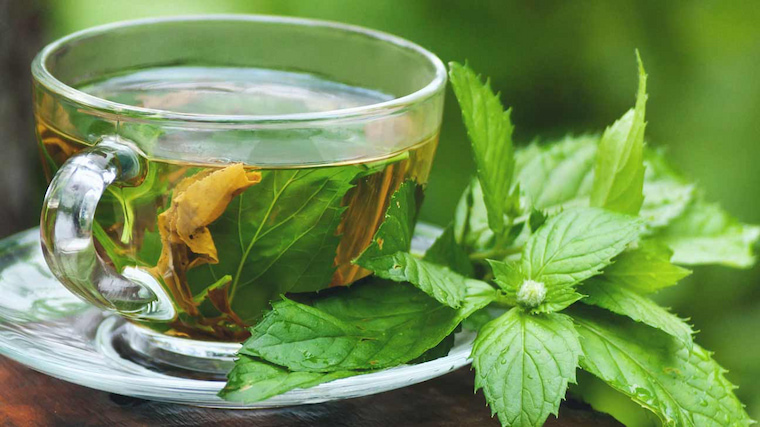
Caffeine Free
Real tea has various quantities of caffeine, which is less than a cup of coffee but enough for caffeine-sensitive people to stop drinking it. Because many herbal teas, or tisanes, are caffeine-free and other varieties are created expressly for relaxation, they’re a popular alternative. Don’t assume a tisane is caffeine-free just because it’s herbal. Some herbs, such as yerba mate, contain the same amount of caffeine as a tea leaf, if not more.
Improves Digestion
Our stomach and internal organs can sometimes be very sensitive to some types of food. Different ingredients can cause constipation or diarrhea, bloating and even vomiting. Tisane tea relieves those symptoms in a very short time. It can also help you lose weight – among the best tisane herbal tea for this is cardamom, combined with chamomile, cinnamon, ginger and peppermint.
Boosts Immune System
Our body is prone to colds and coughs, especially during winter. That’s when our immune system weakens and is more susceptible to diseases. Tisanes are rich in antioxidants and vitamins, such as vitamin C and A, plus calcium, magnesium and zinc. This makes it the perfect partner in preventing and fighting the common cold or any infections and diseases. Some tisanes that can boost your immune system are ginger, clove, elderberry, licorice and echinacea.
Controls Diabetes
In today’s world, where more than 415 million people have type 2 diabetes, it’s important to prevent the rise of those numbers and find ways to get the blood sugar levels normal. Doctors and patients know that it’s a complicated metabolic disorder, but various studies show that cinnamon tisanes can reduce sugar blood levels to a certain scale.
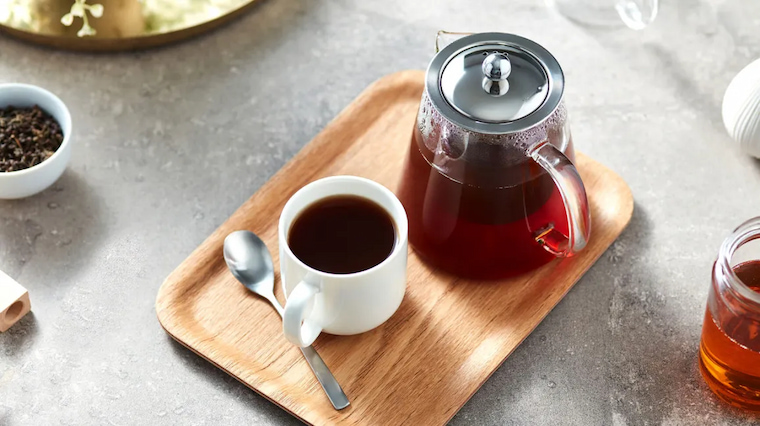
Reduces Blood Pressure
High blood pressure is also one of the modern, everyday diseases. Caused by stress, unhealthy eating habits, hormonal problems, lack of physical activity, tobacco and alcohol, or even some medicines. Tisanes made from hibiscus can help with this condition. Because it contains vitamin C, hydroxy citric acid, anthocyanin and hibiscus acid, it can positively affect high blood pressure, hypertension and dementia.
Relieves Pain
We encounter different types of pain every day, headache, stomachache, menstrual pain, muscle tension etc. Tisanes made from Angelica roots have the L-tetrahydropalmatine that can reduce pain. It can also relieve tension in the blood vessels and nervous system. Try this alternative option instead of drinking painkillers; it may work miracles.
So Many Flavors
You can find so many varieties of tisane herbal tea. They can go from light and bitter to deep and earthy and everything. Don’t use sugar when sweetening tisanes; you can add stevia, honey or agave as a replacement. One of the most common combinations is the fruit tisanes made from blueberries, apples, raspberries and blackberries. Flower tisanes are light and not so common. These combinations are already prepared for you to buy. Don’t mix and match tisanes or your own because some of the flavours may be too strong, or they don’t go well with your organism. The wrong combination can cause liver damage, frequent urinating and even vomiting.
Other Benefits
- Relieves stress;
- Effective diuretics;
- Good disinfectants;
- Promote relaxation;
- Encourage sleeping;
- Good liver tonic.
Types of Tisanes
Because there are many types of tisanes, there has to be some sort of classification. This is made by categorising them by the part of the plant they’re made of. Sometimes they can be a blend of two or more categories or multiple parts from the same plant.
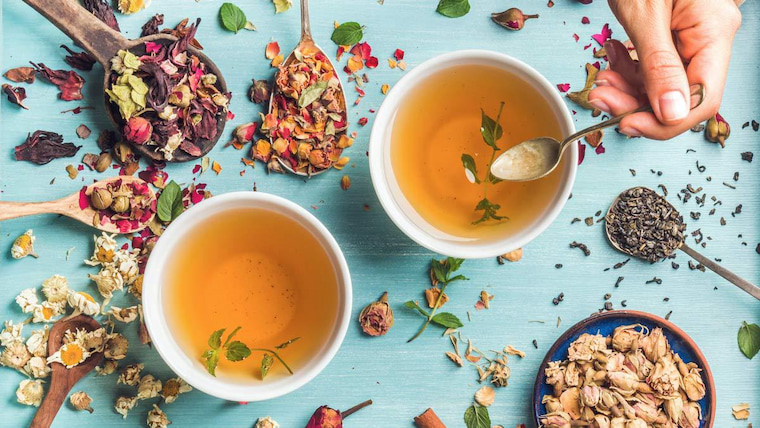
Flower Tisanes
These tisane blends have a vegetal and herbaceous taste, contrary to some beliefs that they would be perfumy and strong to the senses. They give out a relaxing feel with fragrant tastes to amplify their flavour. Some of the most commonly used flowers are chamomile, lavender, rose hips, hibiscus and chrysanthemum.
Leaf Tisanes
Leaf tisanes are made from lemon balm, mint, French verbena, lemongrass, peppermint, yerba mate, rooibos, echinacea and dill. They are some of the most widely used tisanes, dating back to ancient Egyptians. They can be sweet and savoury, and the only one with caffeine in it is the yerba mate.
Fruit Tisanes
All of the tisanes in this category are caffeine-free and sweet. They are very often made with a hibiscus base and some spices and herbs. The most common fruits are peach, apple, raspberry, blueberry, blackberry, lemon, strawberry and cucumber. People often infuse them with some cocoa or vanilla for another layer of flavour.
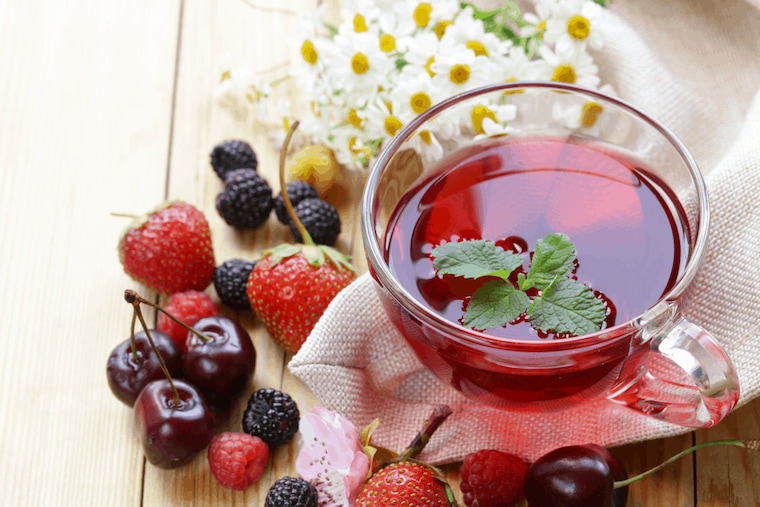
Seed, Spice and Root Tisanes
These are tisanes with big and bold flavours. When you’re preparing them, you have to be careful because too much of the spices or roots can make the tisane bitter and heavy. Restrain yourself from adding that last pinch of cardamom or fennel seeds. They have an earthy green flavour that goes well with mint, lemon and berries. These tisanes are made of cardamom, caraway, fennel, ginger, chicory, anise, kava, turmeric and licorice.
Possible Side Effects
As you must know, everything that’s exaggerated is not good for us or our health, this includes delicious tisanes as well. If consumed in high doses or without asking your doctor about it, they can cause problems and difficulties for our organism. Possible side effects are:
- Reduced iron absorption;
- Increased anxiety and restlessness;
- Poor sleep;
- Nausea;
- Vomiting;
- Heartburn;
- Pregnancy complications;
- Headaches;
- Dizziness;
- Hormonal disbalance.
In Summary
People often confuse tea with tisane, but it’s not the same thing. But nevertheless, tisane is also packed with benefits. Carefully consume it, and consult with your doctor about the dosage and possible side effects and benefits. Some people can’t consume tisanes for many different reasons, allergies, intolerances, diseases and medical conditions.
As a proud Pisces known for the selflessness, Olivia joined up the blog fascinated by the idea she can help readers with info on topics and their related benefits like health and beauty, travel, food and drinks. When not writing, she likes to call it a day reading comic books in the company of her Tonkinese cat Chatty or binge-watching The Big Bang Theory with her SO like the nerd she is.


